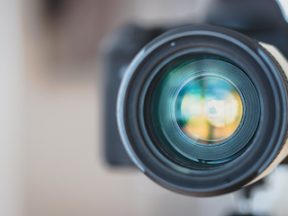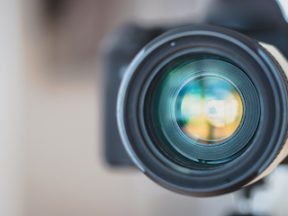Angles matter in product photography. They expose details, helping shoppers make informed decisions. Plus, shoppers who cannot see the particulars of a product will not likely buy it.
This is the fourth post in my series on helping ecommerce merchants take better product photos. “Part 1” addressed the importance of backdrops. “Part 2” explained tripods. “Part 3” examined the fundamentals of artificial lighting.
In this installment, I’ll review the best angles for product photography and the viewpoints to pair them. Let’s start with the viewpoints — the position of the camera relative to a product.
Viewpoints
There are three viewpoints: low, eye-level, and high.
- Low shots are taken from a position beneath the subject to establish its power in the photo. Low shots work well with lifestyle and in-context shots.
- Eye-level shots are taken straight-on to provide a view of a product from the level of a human eye. Most product photography is eye-level.
- High shots are taken from an elevated position looking down on the subject.
Angles
In addition to the three viewpoints, there are six must-have angles for product photos: front, profile, 45-degree, back, top, and macro.
Front angle is the default image of most ecommerce photos because it’s the best for quickly informing shoppers, showing the main features of a product. A front-angle shot should be enticing while also providing enough detail for shoppers to understand the product.

Front angle is the default image of most ecommerce photos, such as this example of an Xbox. Source: Walmart.com.
A front-angle shot is typically eye-level against a solid white background. Make sure the lighting is evenly dispersed to prevent visible shadows.
For a front-angle shot and all others in this post, I typically use two off-camera lights with diffusers in a room where I can control the lighting. Place one light 45-degrees behind the product and the other in the opposite corner. Ensure both are elevated and facing downward to dissipate most of the light and reduce the length of shadows.
—
Profile angle is taken from the side of a product. Its usefulness depends on the item. For example, a profile shot is not helpful for my paintings because nobody wants to see the side of a canvas or frame. But for shoes, say, a profile shot may be essential.
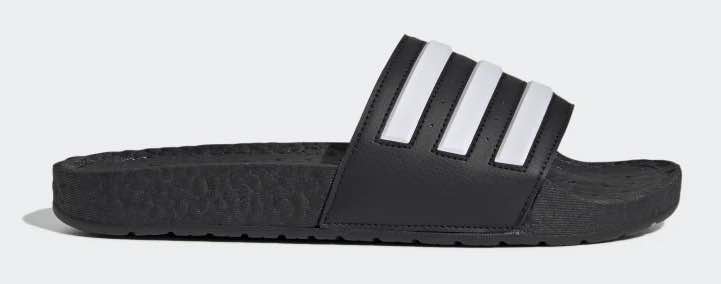
Profile angle is taken from the side of a product. It’s helpful for certain items, such as this sandal from Adidas. Source: Adidas.com.
Take profile shots at eye level using a quality white background and a steady tripod, as with front angles.
—
Back angle is a key supporting shot in product photography. Shoppers are rarely satisfied by front angles and profiles alone. Back shots can reveal important details.

Back angle is a key supporting shot in product photography, such as this example of the back of an Xbox. Source: Walmart.com.
For consistency, take a back angle shot from the same location as the front angle — just turn the product around (not the camera).
—
45-degree angle refers to the position of the camera from the product. It’s also called the three-quarter angle. A 45-degree shot is most often used for food photography, but it’s helpful for many other items, too.
A single 45-degree shot shows multiple sides of a product while providing additional detail. Use a high viewpoint and mark your camera’s position before shooting. Use a tripod to keep it steady.
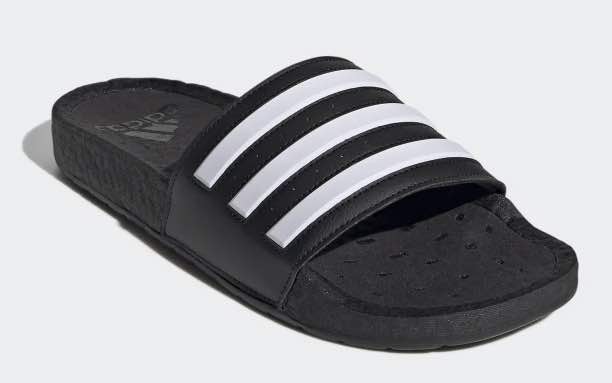
A single 45-degree shot shows multiple sides of a product, such as this Adidas sandal. Source: Adidas.com.
—
Top angle is often called the birds-eye-view. It isn’t always necessary, but it does provide more context for shoppers depending, again, on the product.
A top-angle shot can be difficult to pull off — the camera is directly above the product. Place your camera in an elevated C-stand, and then connect the camera to a computer. A nice Matthews 40” C Stand from B&H Photo costs about $183. Impact, Kupo, and GVM also make quality C-stands at similar prices.
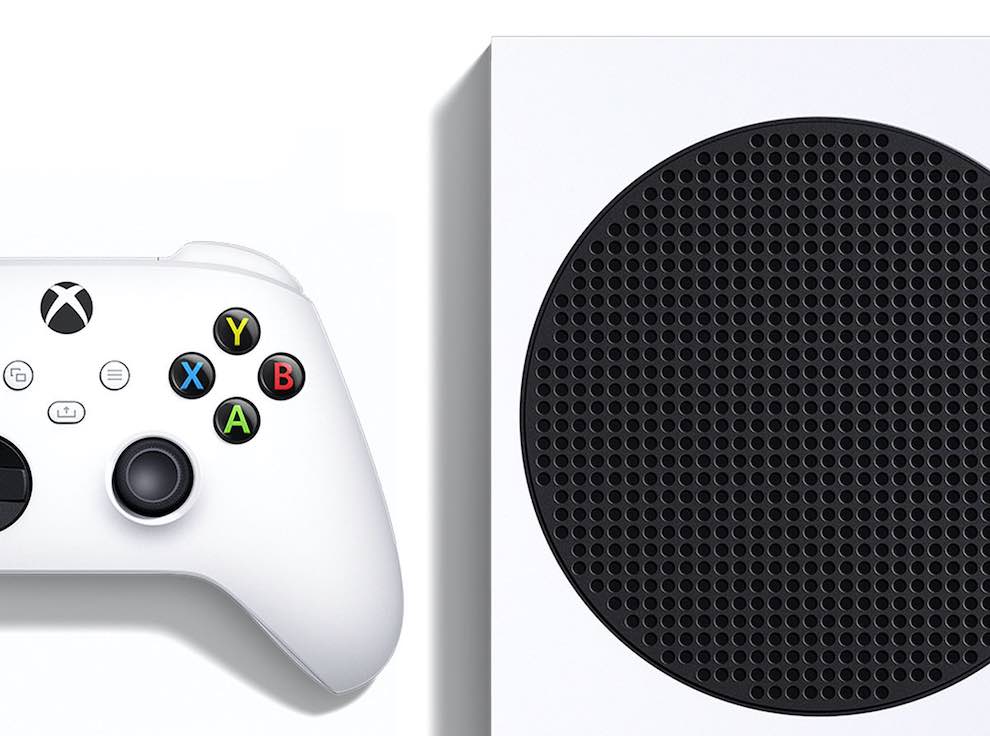
Top-angle shots are taken directly above the product. This example shows the top view of an Xbox and its controller. Source: Walmart.com.
—
Macro angle shot displays the fine details of products and requires special equipment to get right. I’ll cover it in-depth when I address lenses in the upcoming “Part 6.” Merchants with limited budgets should likely not attempt macro shots.
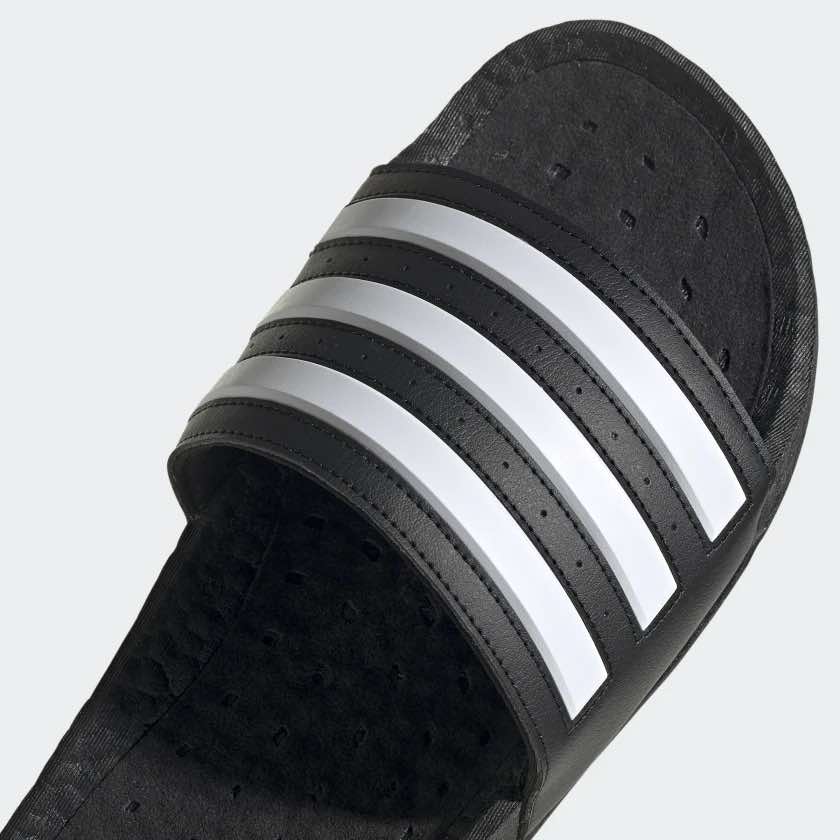
Macro angle shot displays the fine details of products and requires special equipment. This image is of an Adidas sandal. Source: Adidas.com.
See “Part 5: Choosing a Camera.”


